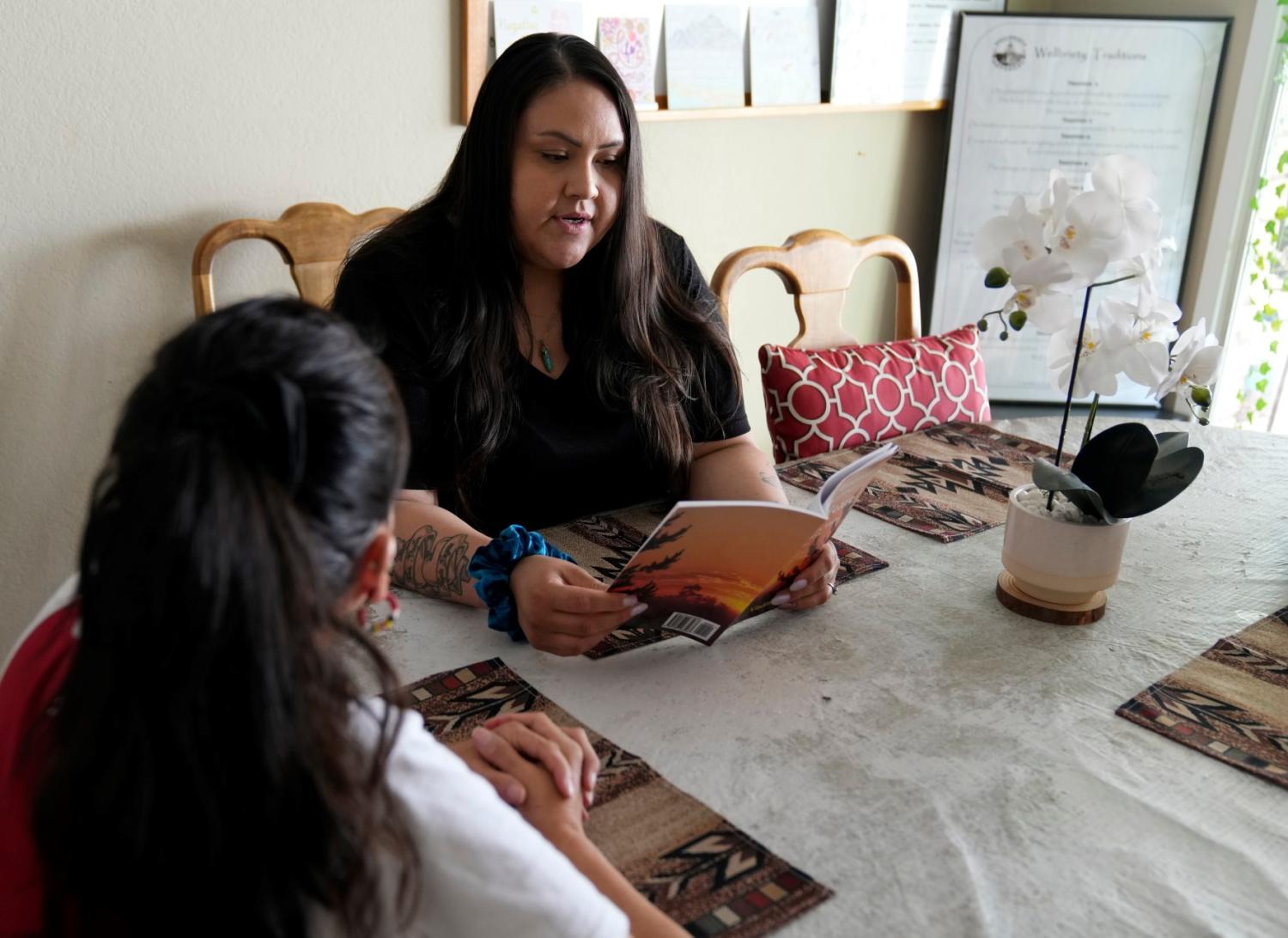Executive summary
Within the United States, fentanyl has disproportionately impacted American Indian/Alaska Native (AI/AN) individuals and communities. There is no evidence of genetic predisposition to opioid use disorder. Instead, the AI/AN populations’ vulnerability to fentanyl harms can be traced to historical and contemporary policy failures and ongoing theft of AI/AN resources.
In 2022, AI/AN individuals registered 65.2 drug deaths per 100,000, a rate twice as high as the U.S. national average of 32.6 per 100,000.1 State-level disparities are even higher. States, such as Minnesota and Wisconsin, analyzed in depth in this paper, are experiencing even greater fentanyl-linked mortality rates for AI/AN individuals.
Beyond these devastating aggregate statistics, more granular AI/AN-relevant data are needed at both the national and state levels to improve policies toward fentanyl and opioid-use disorders. Such necessary information includes AI/AN opioid-use and drug-related mortality rates adjusted for age and county-specific statistics.
Equally lacking are detailed, evidence-based explanations for the disproportionate fentanyl-related harms AI/AN communities are experiencing, as well as variations in the intensity of the harms across AI/AN communities.
This paper identifies some plausible factors that require further examination. They are:
- The application of Public Law 83-280, which confers general criminal jurisdiction over federally-recognized Indian tribes to state-level authorities.
- Incarceration rates of AI/AN persons, which are significantly higher than other racial groups in many states.
- Access to medication treatment for fentanyl, which is substantially lower for AI/AN populations than for other racial groups due to the overregulation of methadone, chronic underfunding of health facilities serving AI/AN people, and economic instability, poverty, and housing instability.
Importantly, Native nations and tribal organizations are increasingly engaging in research and innovating to reduce drug-related harms in AI/AN communities. Their work shows the importance of integrating connectedness to AI/AN culture into the treatment and prevention of mental health and substance use disorders.2 When combined with improved access to medication treatment for opioid use disorder, such cultural connectedness has shown promising results. Yet significant structural and funding barriers continue to prevent Native nations from exercising self-determination in health care contexts. Some of the structural and funding barriers that will be explored in this paper include: inadequate funding for the Indian Health Service, which facilitates access to health care for AI/AN patients, and Native nations’ ability to build and sustain health care systems tailored to their patients’ needs.
Learning from what drives suicide within AI/AN populations is also highly relevant for understanding and responding to fentanyl-related fatalities in AI/AN communities. Similar to drug-related fatalities, the rate of suicide fatalities among AI/AN populations exceeds that of all other racial groups within the United States. In both cases, mortality rates vary by state and region. Contemporary factors explaining the very high suicide rates among AI/AN youth include socioeconomic challenges, a history of neglect and abuse, and substance use disorder. Long-running factors include the decades-long forcible placement of AI/AN children into boarding schools and tribal governments’ inability to exercise self-determination. Greater exercise of tribal self-determination has been associated with a reduced risk of suicide in AI/AN youth.
Key policy recommendations include:
- Expanded funding for data collection and analysis of the fentanyl crisis’ impact on AI/AN communities.
- Additional funding for tribal treatment and prevention programs, including culturally-tailored treatment options.
- Health care and insurance regulatory reforms to improve access to treatment for AI/AN patients and to improve the quality of treatment for substance use disorders available to AI/AN communities.
- State-level assessments to identify barriers faced by AI/AN communities in relation to education, health care, and justice for AI/AN populations, with collaborations formed between tribal, state, and federal governments to address the root causes of health-related disparities.
-
Acknowledgements and disclosures
I would like to offer my deep gratitude to the membership and government of the Bad River Band for their eternal commitment to embodying aanji-bimaadiziwin and their traditional values, and all participants of Gwayakobimaadiziwin Bad River Harm Reduction. My generation’s ability to live and work has only been possible through the multigenerational collaboration, and personal sacrifice, of Bad River’s land and water protectors: Chief Buffalo (Bizhiki) and other chiefs, headmen, and headwomen, who secured title to our lands through combat and diplomacy; Chief Blackbird, Lawrence “Butch” Stone, and a contingent of the brightest legal minds who asserted our treaty and human rights; and today’s leaders, including Aurora Conley, Dan Wiggins Sr., Eli Corbine, Robert O’Claire, Kim Ford, Shannon Kauppila and many others who are building a sustainable, humane, renewable energy-based future. I would also like to thank my mentors in public health research and action, including Dan Bigg, Clinton Alexander, Kim Freese, Jessica Leston, Dr. Sean Allen, Dr. Melissa Walls, Maya Doe-Simkins, Eliza Wheeler, Sam Rivera, Dr. Bradley Ray, Shelly Weizman, Andrea Medley, Dr. Rafael Torruella, Samantha Skenandore, Representative Patrick Kennedy, Dr. Nabarun Dasgupta, Caty Simon, Sasheen Goslin, Dr. Donald Warne, and my good friend Steven Lang for copywriting assistance. I am also thankful to Adam Lammon for editing, Rachel Slattery for graphical design and layout, and Diana Paz García for project coordination.
-
Footnotes
- Merianne R. Spencer et al., “Drug Overdose Deaths in the United States, 2002–2022,” NCHS Data Brief, no 491, (Hyattsville: National Center for Health Statistics. 2024), https://dx.doi.org/10.15620/cdc:135849.
- Ingrid Zeledon et al., “Exploring Culturally Based Treatment Options for Opioid Use Disorders Among American Indian and Alaska Native Adults in California,” Journal of Studies on Alcohol and Drugs 83, no. 4 (2022): 613-620, https://www.ncbi.nlm.nih.gov/pmc/articles/PMC9318704/pdf/jsad.2022.83.613.pdf.
The Brookings Institution is committed to quality, independence, and impact.
We are supported by a diverse array of funders. In line with our values and policies, each Brookings publication represents the sole views of its author(s).






